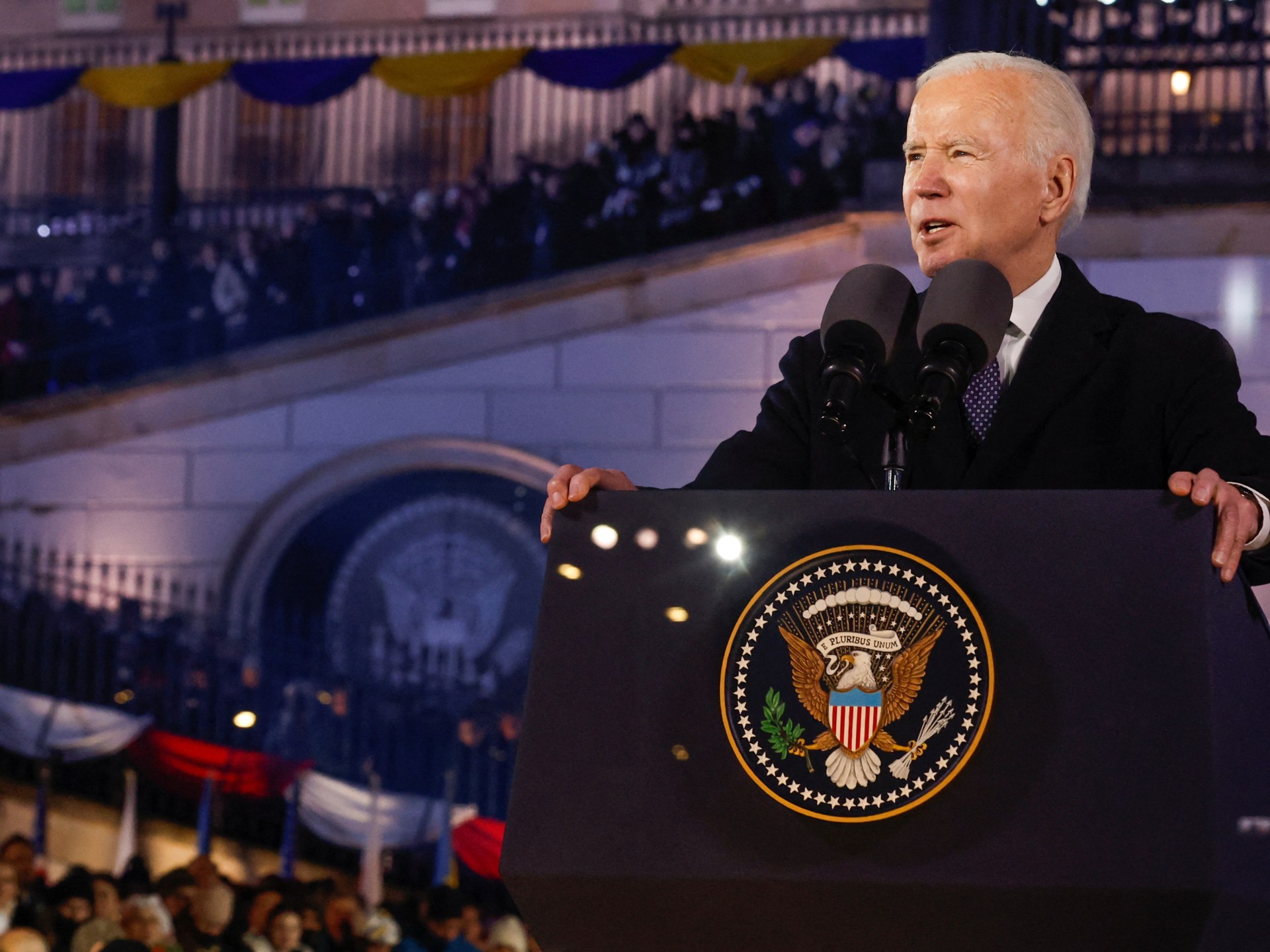Kasabonika Lake First Nation is the latest to see rise in COVID-19 as surge spreads across the northwest
A surge of COVID-19 continues across the remote north, with two more First Nations reporting a rise in active cases.
Kasabonika Lake First Nation has seen a steady rise of cases in the last week, with more than 130 active cases within the community of about 850, as of Sunday. Since June 2020, the community has seen a total of 211 cases according to Sioux Lookout First Nation Health Authority (SLFNHA).
On Saturday, Canada’s Minister of Emergency Preparedness Bill Blair said in a tweet that the government had approved a request for assistance, and that members of the Canadian Rangers were activated.
By Sunday evening, a spokesperson with the 3rd Canadian Ranger Patrol Group, which covers northern Ontario, was unable to say how many rangers were actively working to support the First Nation, nor how many were from outside the community.
We’ve approved a Request for Assistance from <a href=”https://twitter.com/ONgov?ref_src=twsrc%5Etfw”>@ONgov</a> for Kasabonika First Nation. <a href=”https://twitter.com/CanadianForces?ref_src=twsrc%5Etfw”>@CanadianForces</a> Rangers have been activated and will work with the community as they manage an ongoing COVID-19 outbreak.
—@BillBlair
Lac Seul is also seeing an increase in active COVID cases, with the community reporting 47 active cases as of Sunday. The First Nation’s chief and council advised residents it would be moving into code red of its local pandemic framework.
As a result, schools and offices will close, with the exception of essential services.
“Previously, we have been through a high number of cases, and Lac Seul First Nation always endured thanks to the cooperation and understanding of the community. We will continue to work together to keep our community strong and healthy,” reads a community notice from Lac Seul on Friday.
Meanwhile, Mishkeegogamang, Eabametoong, and Pikangikum First Nations have all begun to see a decline in active COVID-19 cases after seeing a surge earlier in the month, although Mishkeegogamang still has more than 110 active cases, as of Sunday.
Even though health officials across Canada have recently moved away from using only COVID-19 case counts as a reliable indicator of the spread with the Omicron variant, these numbers are critical in small, remote First Nations, even if patients do not need emergency care.
In a recent interview with CBC, Dr. Lloyd Douglas, the lead physician with SLFNHA, said keeping up with surveillance testing would be key in managing the spread of the virus.
During a recent outbreak in Bearskin Lake First Nation, it fell to a group of about 20 people to manage the community after more than half of the community’s residents tested positive or went into isolation. Even though no one died or needed serious care, the experience left front-line workers and residents exhausted and burnt out.
More regional measures in place targeting airlines
As more First Nations see a surge in COVID-19, additional regional safety measures have been rolled out.
Earlier in the month, Sioux Lookout-area chiefs passed a resolution to implement a new “test-to-work framework” for pilots flying into communities, taking into consideration the availability of tests.
Many northern First Nations rely on airlines for supplies and transportation, especially those with limited road access.
“Concerns from communities have been raised regarding the insufficiency of local airline COVID-19 testing protocols for commercial and charter airlines traveling into communities,” reads the special chiefs meeting resolution document, obtained by CBC News.
The chiefs-in-assembly directed SLFNHA staff to advocate for testing devices at airports in “gateway locations,” which includes communities like Sioux Lookout, Red Lake, Pickle Lake, Nakina, Geraldton, Thunder Bay, and Winnipeg.

North Star Air, which services over 50 remote northern communities in the region, has added additional testing requirements on top of its existing policy in response to the resolution.
According to Jeff Stout, North Star’s president and chief operating officer, there’s been some challenges in implementing the framework, especially when it comes to the procurement of tests.
He said the First Nation health authority has been assisting in securing more tests for twice weekly checks for pilots, but the system still isn’t perfect.
“We have a lot of good partners fortunately in town that provide professional services for administering those tests. However, with the decrease in volume it’s become more financially difficult to retain that service level,” Stout said.
“So while we still have nurses on staff to assist, we’re pushing more toward self administration of COVID tests and self-recording,” he continued.
It’s all been about being adaptable and working with each community’s individual pandemic teams.– Jeff Stout, North Star Air president and chief operating officer
Stout said since the New Year, North Star Air has seen operations decrease to about 20 per cent capacity due to the surging case numbers in remote communities.
Prior to December, Stout added the airline had returned to operating at about 80 per cent, as compared to pre-pandemic operations.
“It’s all been about being adaptable and working with each community’s individual pandemic teams to ensure that we’re following their guidelines,” he said.
“Some instances that means increased testing, altered flight schedules to accommodate direct flights … as well as just the last minute requests and being able to meet the changing needs of the communities as COVID outbreaks happen, and as they get better,” Stout continued.




